
AZoBuild spoke to Lacol Architecture Cooperative about their La Borda Cooperative Housing project in Barcelona, Spain. This project has been named as a finalist for the 2022 EU Prize for Contemporary Architecture - Mies van der Rohe award in the Emerging Arhcitecture Category.
This project is a social housing initiative containing 28 housing units and multiple communal spaces. Community-minded design is at the heart of this project; by designing for a known community rather than an unknown end-user the cooperative was able to produce a socially sustainable housing model.
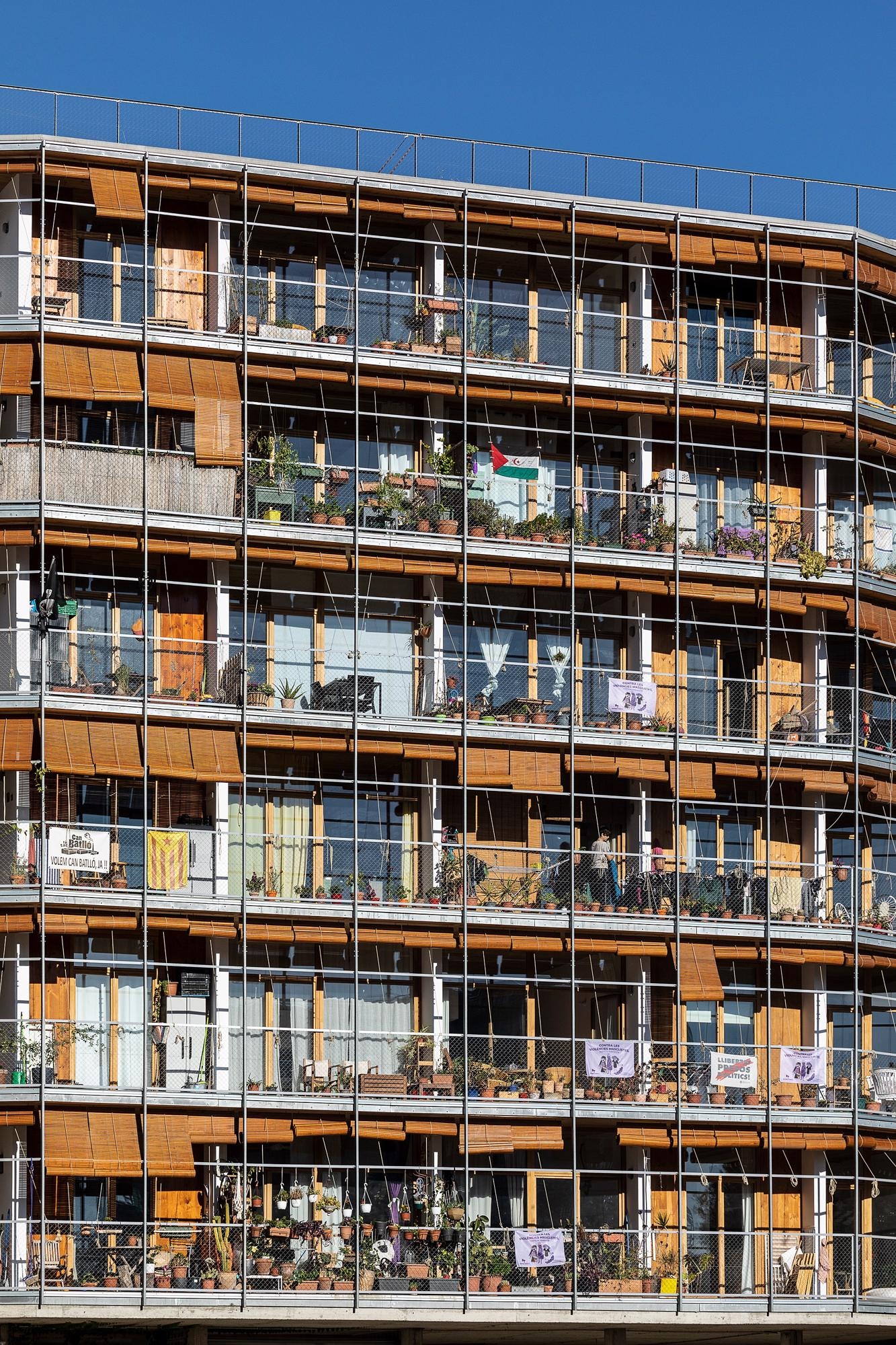
Image Credit: Baku Akazawa
The building also includes various design and material choices aimed towards reducing the carbon footprint of this project. We spoke to Lacol about the myriad of ways they approached this challenge.
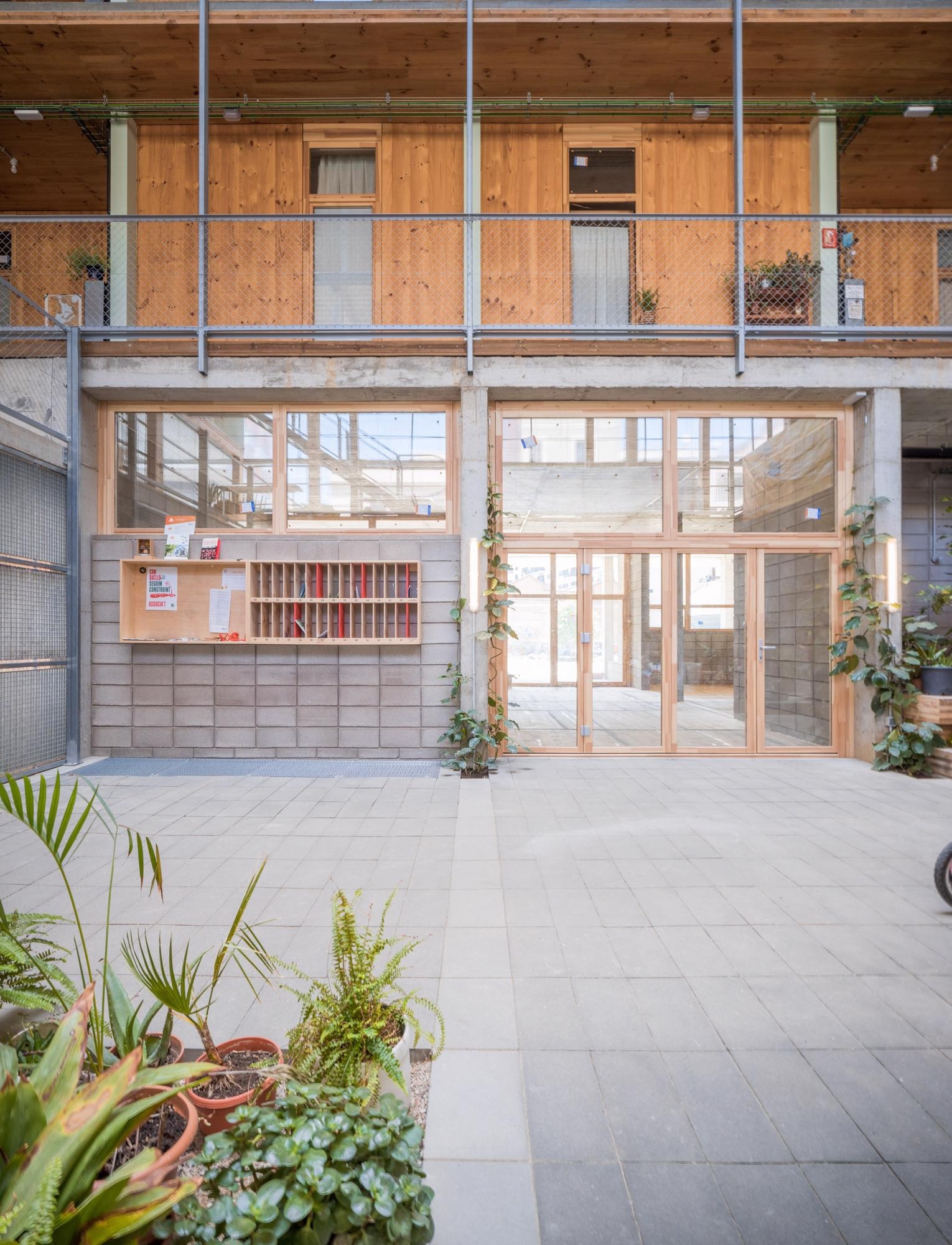
Image Credit: Lluc Miralles
One of the fundamental principles of the project is stated to be the ambition of redefining collective housing; how do you believe your cooperative housing is set apart from other similar initiatives?
A community-based self-development model has made it possible to overcome some of the existing limitations seen in conventional developments, be they public or private. In the first of these, the fear of the future resident - who is completely unknown - makes it impossible to introduce changes to a pre-fab habitational model.
In the second, an imposition of the dictate of the market results in the 'mediocratization' of housing in order to facilitate its uptake as an item for consumption.
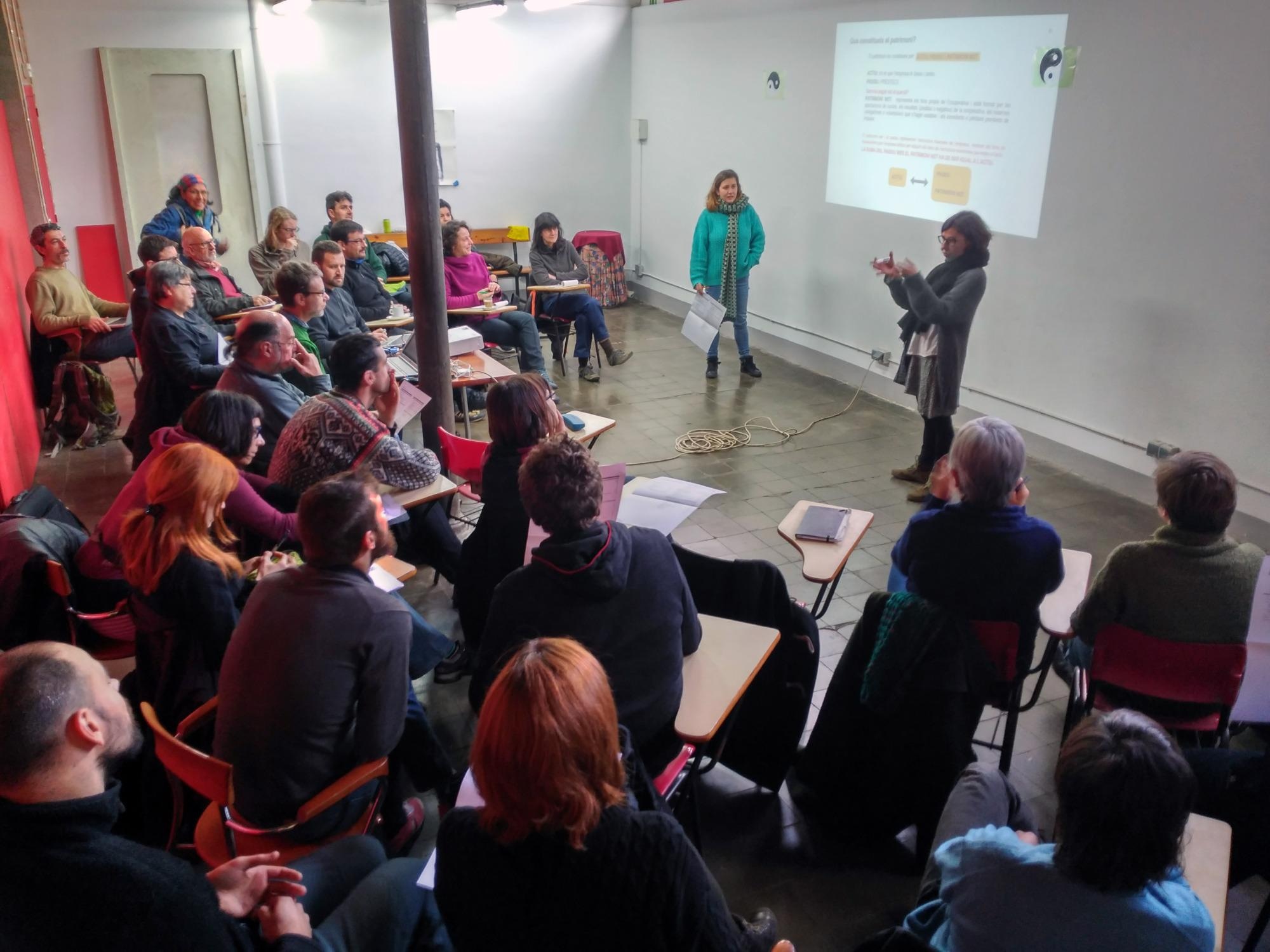
Image Credit: LaCol
The innovative development process has been key in allowing the architectural work to move beyond merely formal design questions. We highlight different characteristics of the project which we believe help it to stand apart in the wider context of collective housing: self-development, grant-of-use, community living, sustainability, affordability, and flexibility and adaptability.
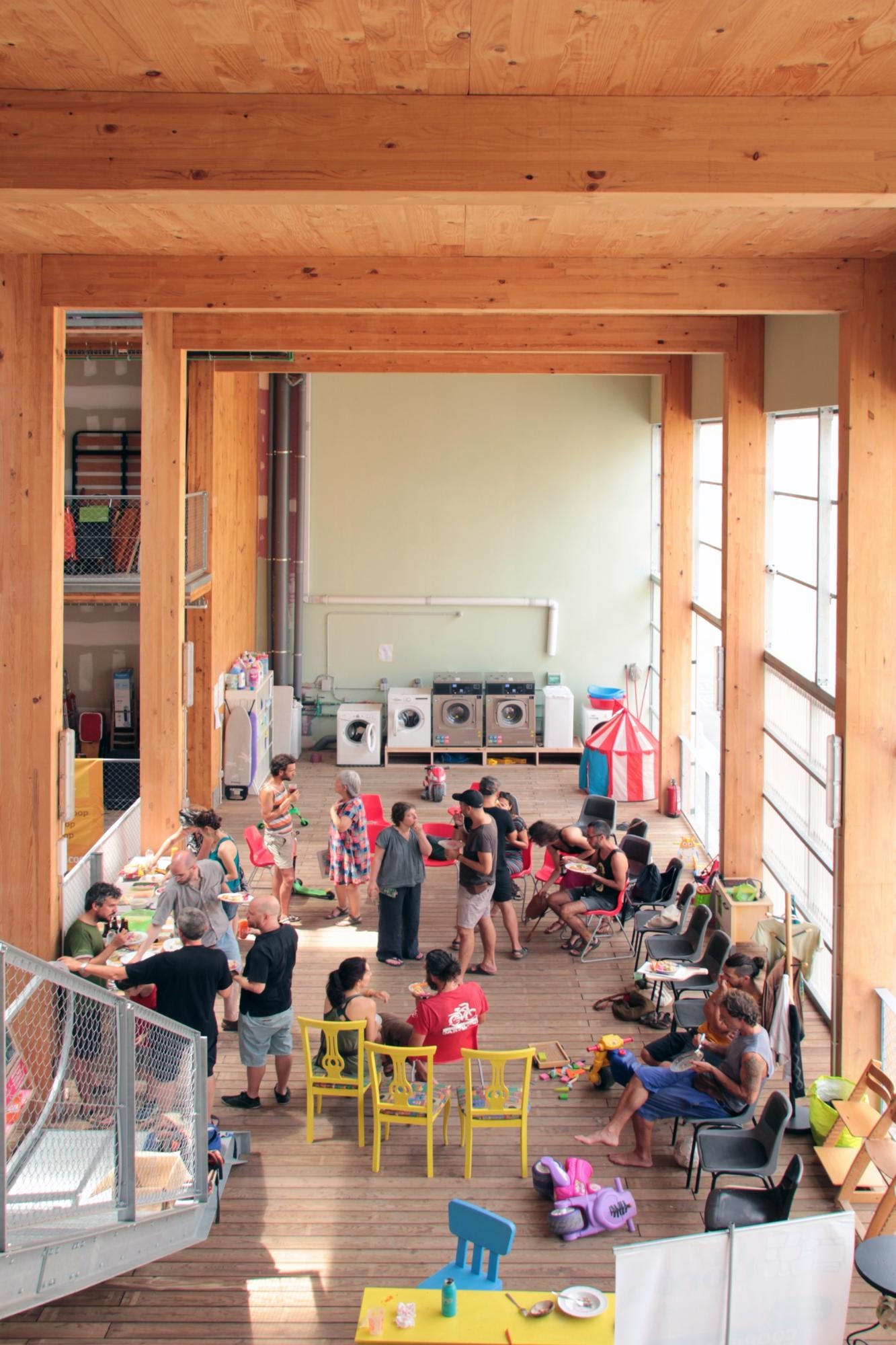
Image Credit: LaCol
Could you describe some of the passive strategies used to improve the sustainability of the building?
The strategic starting point of the project has been to reduce energy demand through optimization at the planning stage.
In terms of design, maximum bioclimatic benchmarks have been met in order to achieve a genuinely passive building, with solutions involving the active participation of residents in the climatic management of their accommodation. The result is a close-to-zero net energy consumption rate, with comfort in the home, therefore, coming with only the minimum associated cost.
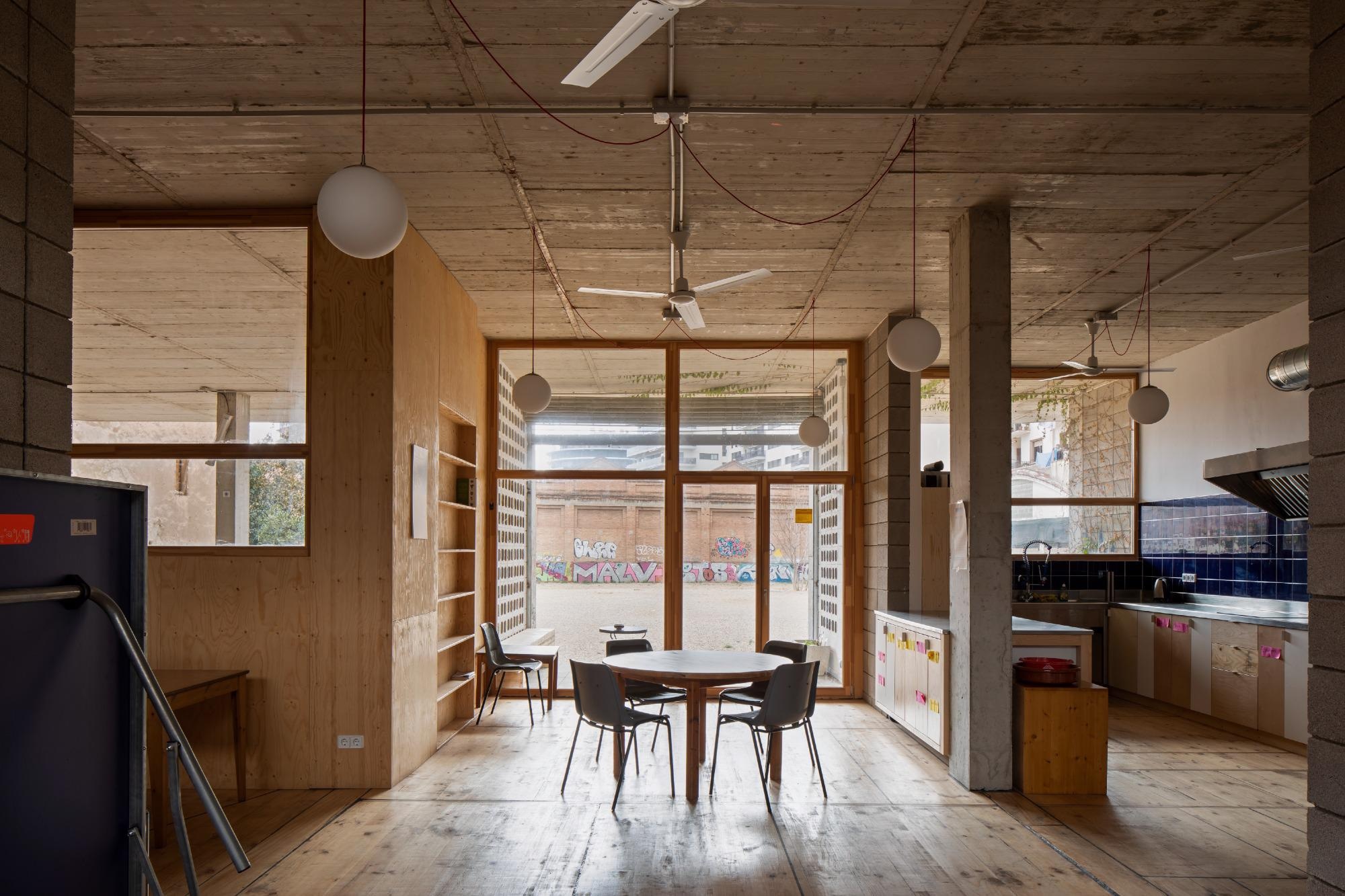
Image Credit: Álvaro Valdecantos
The first intervention to considerably reduce the environmental impact of the building was to ensure that there was no underground car park. The direct consequence of this in the construction and use of the building over 75 years will allow for reductions of between 500 and 800 tons of CO2 alone. In addition, this strategy provides a clear boost to sustainable mobility and the reduction of residents' environmental footprint.
The six-story structure is made of cross-laminated timber (CLT). This is a lightweight, high-quality, renewable material that allows cycles to be closed, unlike conventional construction materials such as steel or concrete, which have a very high energy cost of production and are not renewable. When it was finished, La Borda became the tallest laminated timber structure in Spain.
In terms of reducing demand, on the one hand, the floor area of homes with higher thermal requirements has been limited, with part of them turned over to the provision of community spaces where thermal comfort demand is more discretionary.

Image Credit: Álvaro Valdecantos
Passive bioclimatic strategies have also been implemented to the greatest possible extent. To this end, the roof of the courtyard acts as a greenhouse that allows for the capture of solar radiation in winter and provides a chimney effect to aid ventilation in summer. Complementing this are high-quality waterproofing, choice of materials to reduce inert waste in construction, and special attention paid to thermal insulation.
The La Borda housing cooperative has been nominated for the 2022 EU Prize for Contemporary Architecture – Mies van der Rohe Award. How does it feel to have your work nominated on this list?
We are very honored and humbled. We take it as a recognition for all the risks that this project had to face in its context. It combines a lot of elements (self-development by the community, hard sustainability, communal spaces, affordability,...) that were present in other projects in our country, but not all of them combined. This will help to boost a model that just started a few years ago and that is still very young.

Image Credit: Álvaro Valdecantos
It is especially stimulating when the last winners were Lacaton&Vassal, who we deeply admire.
About Lacol Architecture Cooperative
Lacol is a cooperative of architects established in 2009 in the neighborhood of Sants, in Barcelona. They work to generate community infrastructures for the sustainability of life, as a key tool for the eco-social transition, through architecture, cooperativism, and participation.
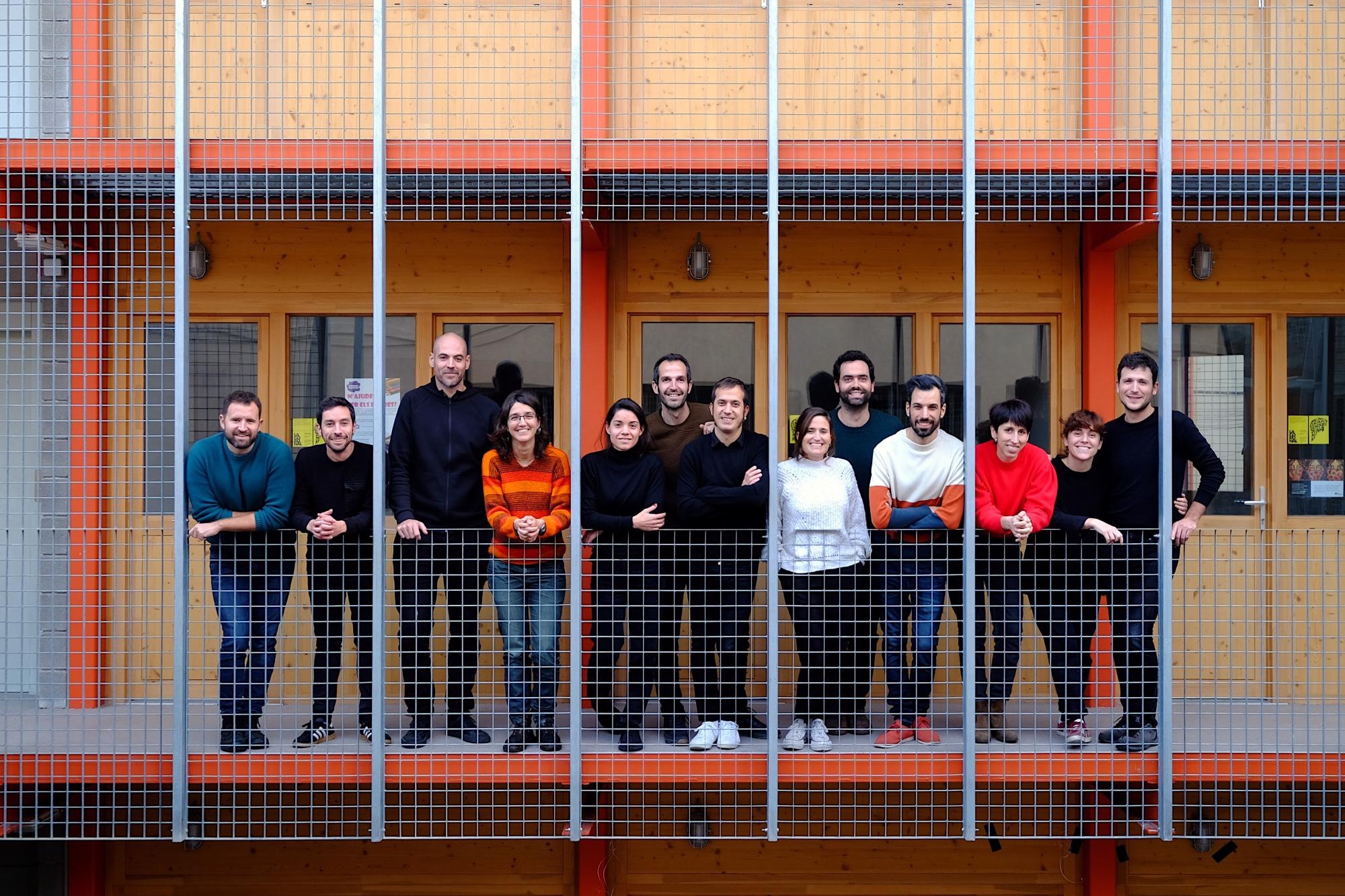
Image Credit: LaCol
EU Mies Award Shortlist: Petr Janda’s Prague Eyes River Revitalization
Disclaimer: The views expressed here are those of the interviewee and do not necessarily represent the views of AZoM.com Limited (T/A) AZoNetwork, the owner and operator of this website. This disclaimer forms part of the Terms and Conditions of use of this website.